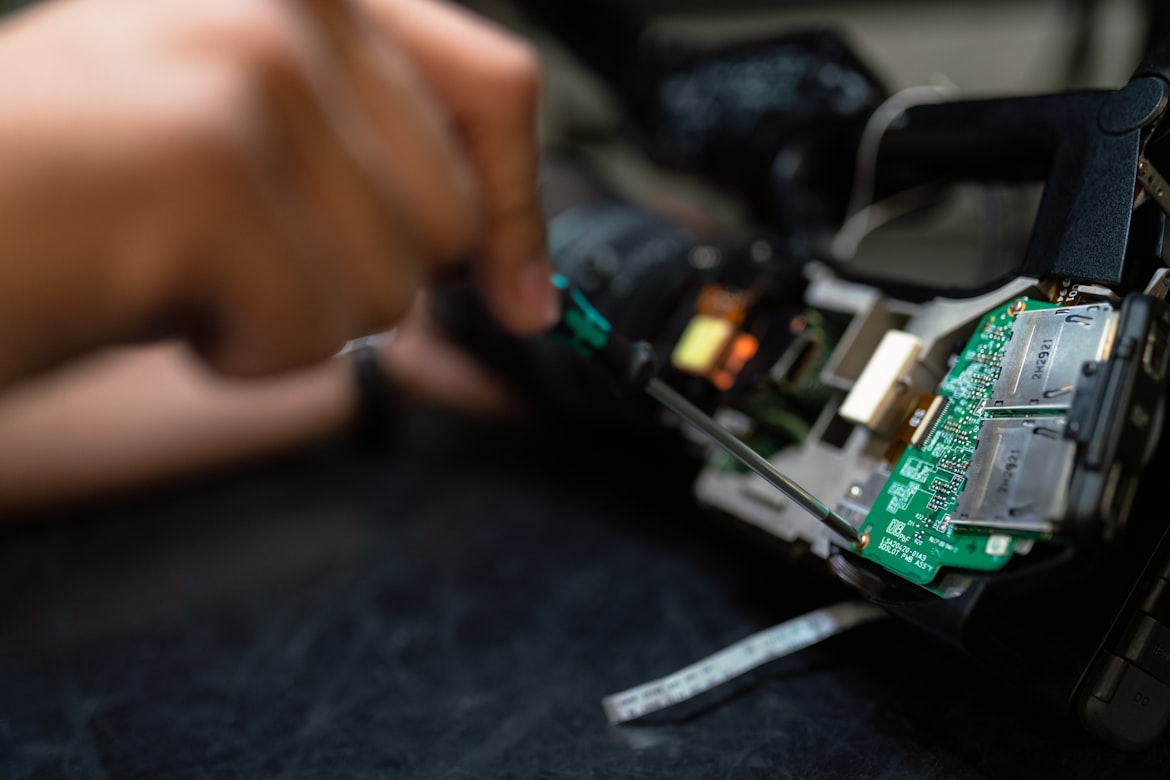Graphene Under the Microscope
How Scanning Probes Reveal the Invisible World of 2D Materials
At a Glance
Key Points- Atomic Vision: SPM techniques image graphene at the atomic level, revealing defects and electronic properties.
- Key Experiments: Friction force microscopy shows graphene's anisotropic friction, dependent on crystal orientation.
- Future Outlook: Upcoming conferences and handbooks highlight the field's rapid evolution.
Why Graphene Needs Superhuman Vision

Imagine a material 200 times stronger than steel, yet lighter than air, capable of conducting electricity better than copper and heat better than diamond. This isn't science fiction—it's graphene, a single layer of carbon atoms arranged in a honeycomb lattice. Since its isolation in 2004, graphene has promised revolutions in electronics, medicine, and materials science.
SPM acts as our eyes and hands in the nanoscale realm. For graphene—a material where every atom is a surface atom—SPM isn't just useful; it's indispensable. As The Graphene Handbook 2025 notes, understanding graphene's structure-property relationships is critical for real-world applications, from bendable electronics to ultra-efficient sensors .
The Graphene Revolution: More Than Meets the Eye
Graphene isn't just "thin carbon." Its 2D structure creates unique physics:
Dirac Fermions
Electrons behave like massless particles, zipping through the lattice at relativistic speeds 1 .
Quantum Hall Effect
Observable at room temperature, a rarity in condensed matter physics 9 .
Yet, these phenomena are exquisitely sensitive to atomic-scale imperfections. A missing atom, a grain boundary, or an adsorbed molecule can dramatically alter graphene's behavior. Traditional tools like optical microscopy or electron microscopy fall short:
| Technique | Resolution | Sample Damage Risk | Environment |
|---|---|---|---|
| Optical Microscopy | ~200 nm | Low | Ambient |
| Scanning Electron Microscopy (SEM) | ~1 nm | Moderate | High vacuum |
| Transmission Electron Microscopy (TEM) | <0.1 nm | High | Ultra-high vacuum |
| Scanning Probe Microscopy (SPM) | Atomic | Low | Ambient to ultra-high vacuum |
Scanning Probe Microscopy: The Toolbox for Atomic Exploration
SPM techniques use a sharp tip to scan surfaces, mapping properties by measuring tip-sample interactions. For graphene, four methods dominate:
Principle: Measures van der Waals forces using a cantilever.
Reveals: Layer thickness, ripples, and defects. In Phase Imaging Mode, it distinguishes single-layer vs. bilayer graphene via stiffness differences 7 .
Caveat: Contact mode can distort thickness measurements; dynamic modes (e.g., PeakForce Tapping) are preferred 4 .
Principle: Detects lateral forces as the tip scans.
Reveals: Anisotropic friction in graphene, dependent on crystal orientation—a vital insight for nanoscale bearings 7 .
| Tool/Reagent | Function | Example in Graphene Research |
|---|---|---|
| Conductive AFM Probes | Metal-coated tips measure current flow | Mapping conductivity across grain boundaries 2 |
| SiC Substrates | Epitaxial graphene growth surface | Calibrating step heights for AFM 7 |
| Inert Gas Chambers | Enable controlled-environment graphene synthesis | Growing wafer-scale single-crystal graphene 7 |
| Vibration Isolation Systems | Minimize noise for atomic-resolution imaging | Essential for STM in ultra-high vacuum 5 |
| Hertz Contact Theory | Model to calculate tip-sample contact area | Correcting C-AFM conductivity data 2 |
In-Depth: The Experiment That Felt Graphene's Friction
Background
Graphene isn't just a conductor—it's a superlubricant. Theory predicted its friction should depend on the angle between the tip scan direction and its crystal lattice. Proving this required FFM, a technique sensitive to piconewton forces.
Methodology
1. Sample Prep
Single-crystal graphene was grown epitaxially on 4H-SiC(0001) via infrared heating (1,820°C in argon) 7 .
2. Calibration
AFM morphology images confirmed single-layer terraces using SiC step heights (0.5 nm) as references.
3. FFM Imaging
A sharp tip scanned parallel (SiC[−11−20]) and perpendicular (SiC[1−100]) to graphene's crystal axes.
4. Force Control
Loading forces were kept minimal (nano-newtons) to avoid damage.
Results & Analysis
- Hexagonal Patterns: Friction images revealed periodic variations matching graphene's lattice symmetry.
- Anisotropic Friction: Friction was 30% lower along certain crystallographic directions (see Table 3).
- Mechanism: The tip preferentially slides along "electron valleys" (hollow sites) in the lattice, minimizing contact.
Friction Anisotropy in Graphene
| Scan Direction | Relative Friction |
|---|---|
| SiC[−11−20] (Parallel) | Low |
| SiC[1−100] (Perpendicular) | High |

Beyond Today: The Future of SPM & Graphene
SPM is evolving into a multifunctional nanoscience platform:
Operando SPM
Studying graphene in liquid electrolytes for battery and sensor applications 9 .
Atomic Fabrication
Using tips to "draw" quantum dots or molecular patterns on graphene 5 .
Upcoming Milestones (2025)
Conclusion: Seeing the Unseeable
Graphene's promise lies in its atoms—and SPM is how we "see" them. From mapping electron clouds with STM to feeling friction with FFM, these techniques transform abstract theory into tangible engineering. As research accelerates, SPM will continue to illuminate the atomic landscape, turning graphene's sci-fi potential into everyday reality. For scientists and enthusiasts alike, the message is clear: The future is small, and we have the tools to find it.
Explore Further: The Graphene Handbook 2025 details SPM breakthroughs and market trends .
